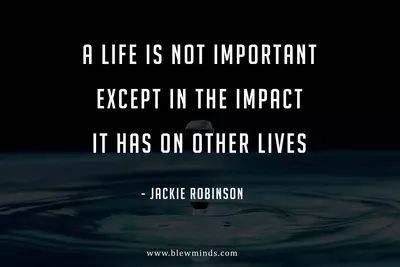“Talent management is the lifeblood of any organization.”
– Jack Welch.
An organization is known by its people which means that an organization’s ability to attract, develop, motivate & retain talented individuals directly impacts its overall success & competitive edge.
Consider a scenario – You run a bakery & hire talented bakers that are known for their creativity & attention to detail. With a strong talent management strategy, you ensure that you foster a positive work environment & your bakers receive ongoing training in new techniques & flavor trends.
This investment not only enhances the quality of your products but also keeps the bakers motivated & loyal to the bakery. As a result, customers love your consistently delicious treats spreading the word everywhere, thus boosting sales for your products.
The Need for Talent Management Strategies
The above example clearly shows that talent management is not just a support function but a strategy that fuels growth, innovation, & long-term organizational sustainability. Around 47% of employees state that extra training & development programs has helped them advance their career within their current company. Therefore, to retain top talent you need to adopt several talent management strategies.
But what if you have already created an organizational culture that develops employee engagement in your organization? How can you measure the success rate? This blog will take you through some key steps & metrics you can consider when it comes to talent management strategies.
Key Steps & Metrics:
-
Set Clear Goals & Objectives:
Define clear goals on how you will measure retention rates, performance metrics & employee engagement. Measure how many employees stay with the company over time & use surveys or feedback mechanisms to gauge satisfaction & commitment of your employees. Actively track the performance of your employees in team & individual projects to focus on your goals.
-
Quantitative Metrics:
You can use quantitative metrics like turnover rates to measure the turnover before & after you have implemented your strategy. Also measure how long it takes to fill key positions & assess changes in productivity efficiency.
-
Qualitative Assessments:
Assess the quality of your strategies by gathering opinions on career development opportunities or training effectiveness from your employees. Ask managers for feedback on quality of the hires & team performance.
-
ROI (Return on Investment):
Determine if improved talent management leads to increased revenue. Calculate the returns on investment by comparing recruitment costs, training expenses & productivity gains.
-
Benchmarking:
Benchmarking is a systematic process of comparing the performance of an organization against recognized leaders in the industry or against best practices. To gauge the success of your talent management strategy, compare it with industry standards & track those changes over time.
-
Long-term Impact:
The long-term impact of your talent management strategies can be measured by the readiness of internal candidates for key roles that can help in succession planning. Also, assess if your strategy supports innovation & adaptability to market changes in the long term.
-
Employee Development:
This can be measured by tracking skill acquisition & utilization within the organization. Also, by measuring how many internal promotions occur because of your strategy, you can know the success of your strategies.
-
Technology & Analytics:
Utilizing HR analytics tools can enable you to measure & visualize key metrics. Data found through predictive analysis can be used to forecast future talent needs & potential challenges.
Benefits of tacking the success of these strategies:
1. Alignment with Business Goals: By measuring talent management strategies, organizations can ensure that their human resources practices are aligned with overall business objectives. This alignment helps in directing efforts towards achieving strategic goals.
2. Data-Driven Decision Making: Measurement provides data & insights that support informed decision-making. This includes decisions related to recruitment, training, development & retention of talent, ensuring resources are allocated effectively.
3. Continuous Improvement: Through measurement, organizations can establish benchmarks, track progress over time & continuously improve their talent management practices. This process helps in staying competitive & adapting to changing business environments.
4. Enhanced Employee Engagement & Retention: Effective talent management strategies contribute to higher levels of employee engagement & satisfaction. Reports suggest that companies with excellent talent management strategies bring in 21% more profits than the rival companies. Measurement helps in identifying factors that contribute to positive employee experiences, leading to improved retention rates.
By systematically measuring these aspects, you can effectively gauge the success of your talent management strategy & make data-driven adjustments to optimize its impact on your organization’s goals & objectives.
Around 60% of employees worldwide say that their companies do not value employee well-being. Surely you do not want to be one of those companies. In that case, visit the BlewMinds website & check our services related to talent consulting & develop a successful talent management strategy.
To get premium coaching services visit here.




